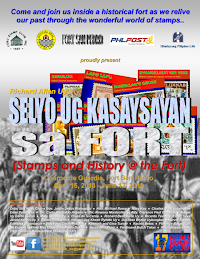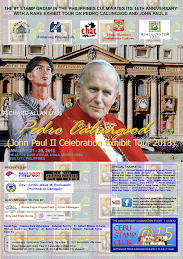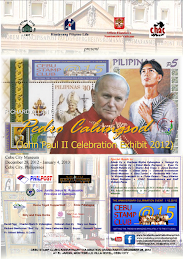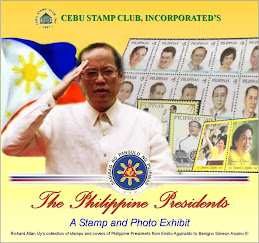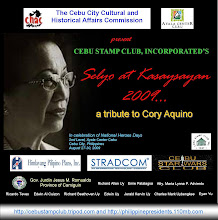Today in Philippine History (Philatelic Edition):
NOVEMBER 30, 1863
Andres Bonifacio (November 30, 1863 - May 10, 1897) was born in Tondo, Manila.
His father, Santiago Bonifacio was a tailor, a boatman and a politician who operated a river-ferry. His mother Catalina de Castro was a worker at a cigarette-rolling factory. The couple have five children namely: Andres, Ciriaco, Procopio, Espiridiona, Troadio, and Maxima. Catalina died in 1888 because of tuberculosis and a year later, Santiago passed away.
With his parents gone, Andres was forced to give up his studies and started working full-time to support his younger siblings.
Andres married Monica who lived in Bacoor, but got ill and died because of leprosy. In 1892, he met Gregoria de Jesus and the two got married at the Binondo Church.
Andres worked hard and educated himself. Although unable to finish high school, he could talk fluent Spanish and a little English. He was a wide reader and read books about the French Revolution, law, politics and religion.
He joined Jose Rizal’s La Liga Filipina and soon founded the "Katastaasang Kagalanggalangang Katipunan ng mga Anak ng Bayan” (KKK or Katipunan) on July 7, 1892, a secret society that aims to separate the Philippines from Spain.
Bonifacio was also called the “Supremo” and used the Katipunan name MAYPAG-ASA and recruited many Filipinos.
In 1896, the Philippine revolution began which was an armed struggle against Spain for freedom and independence.
In 1897, he and his brother were killed but not in the hands of the Spaniards whom he fought but by his fellow Filipinos under General Emilio Aguinaldo.
(Design, concept, stamps and research: Richard Allan B. Uy) All rights reserved
Photo credit: malacanang.gov.ph































